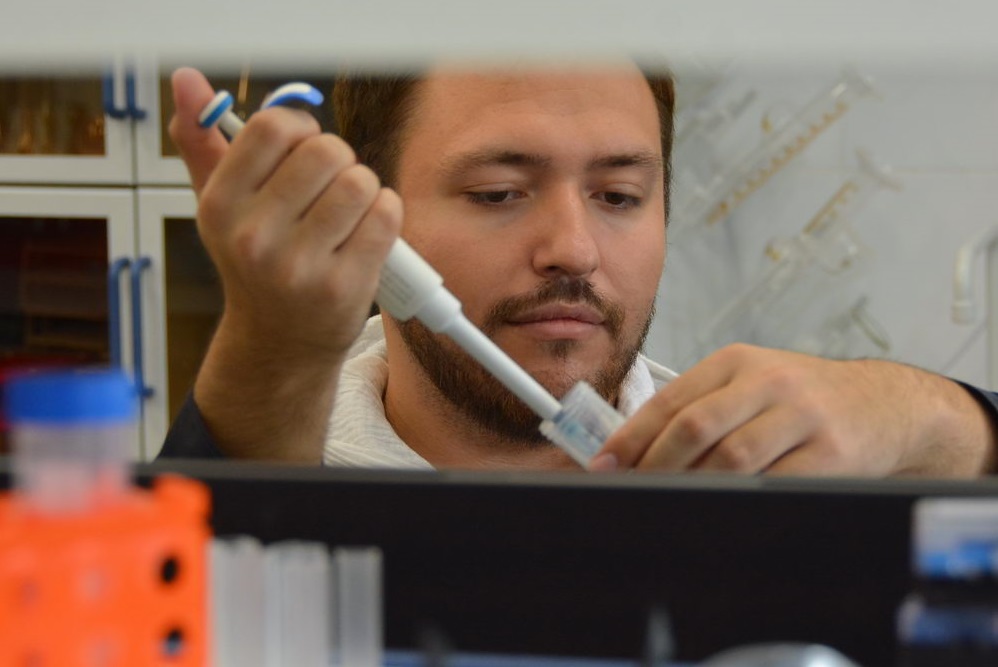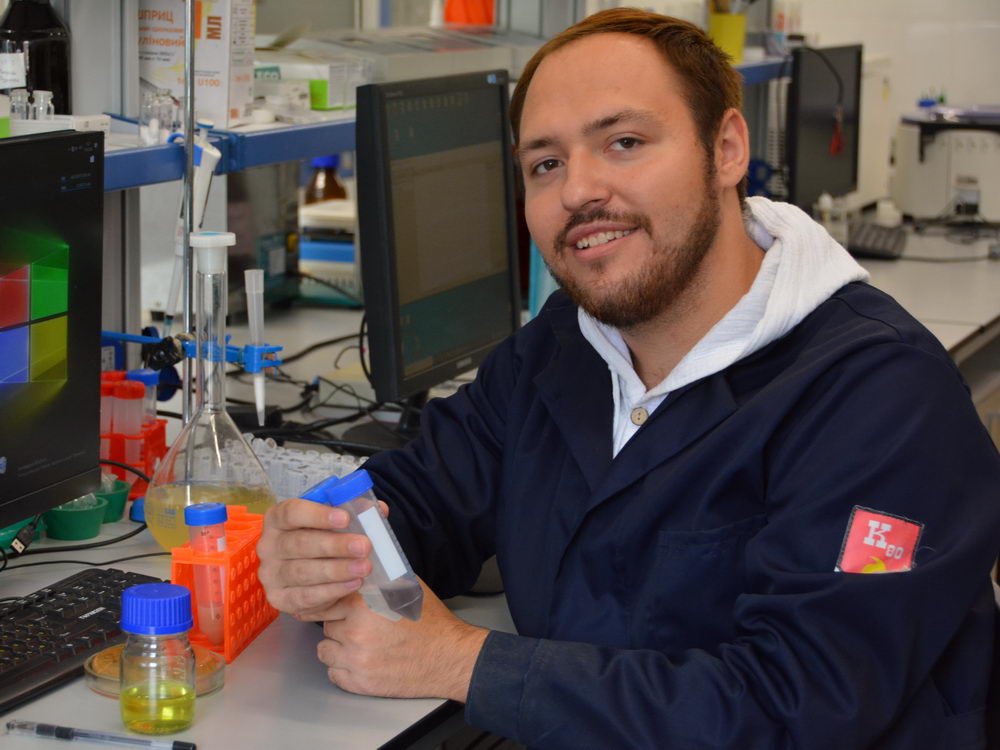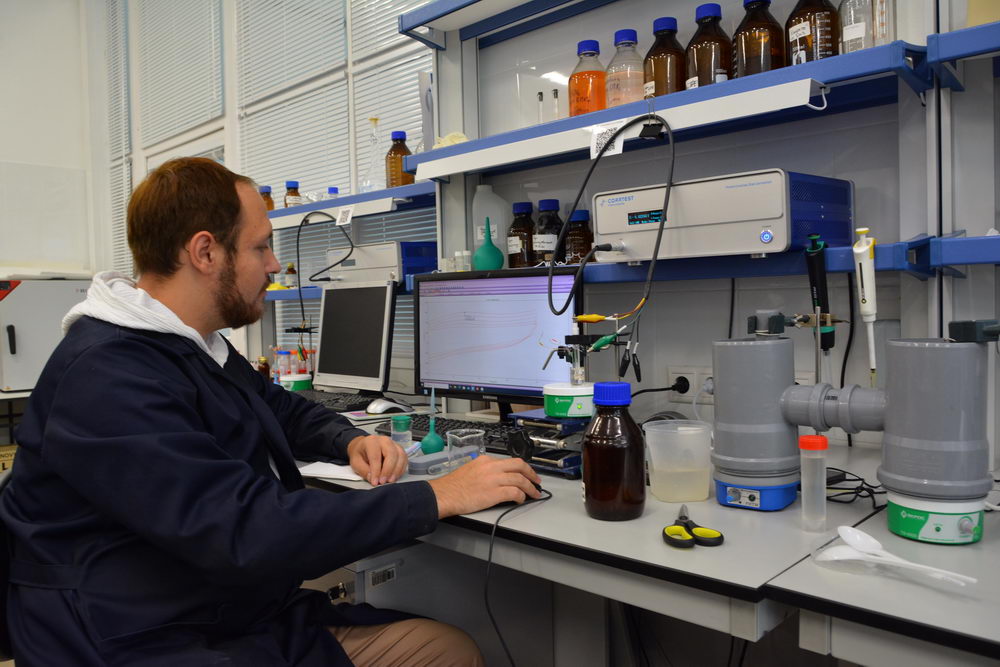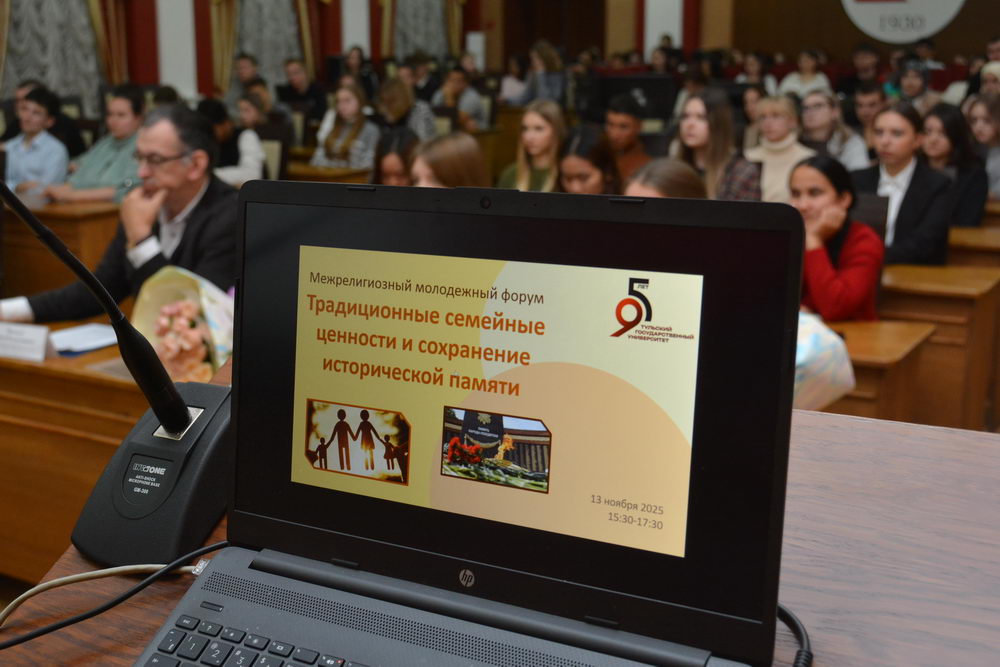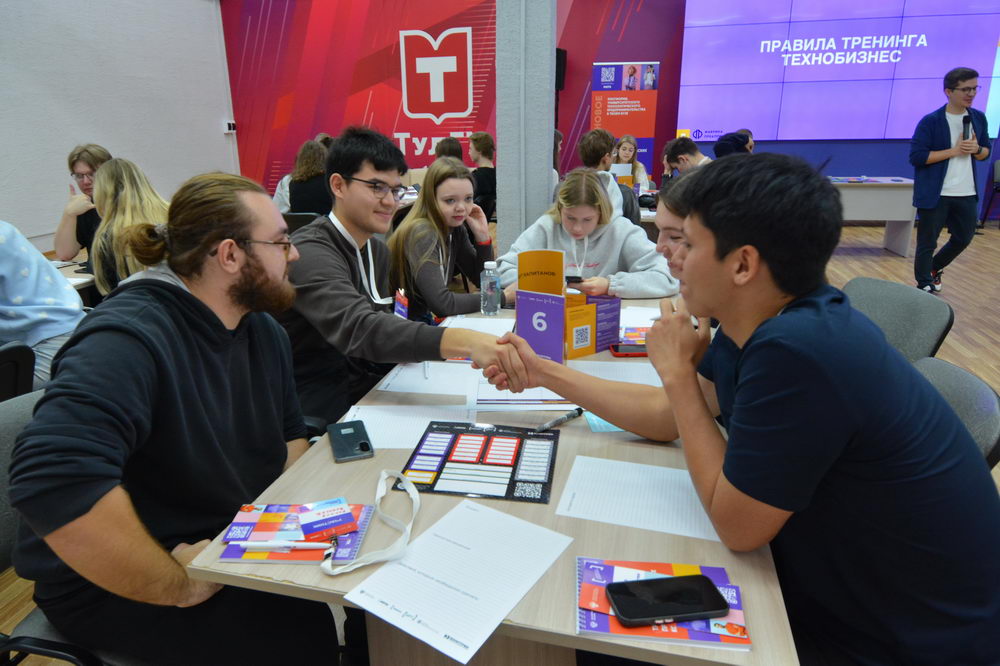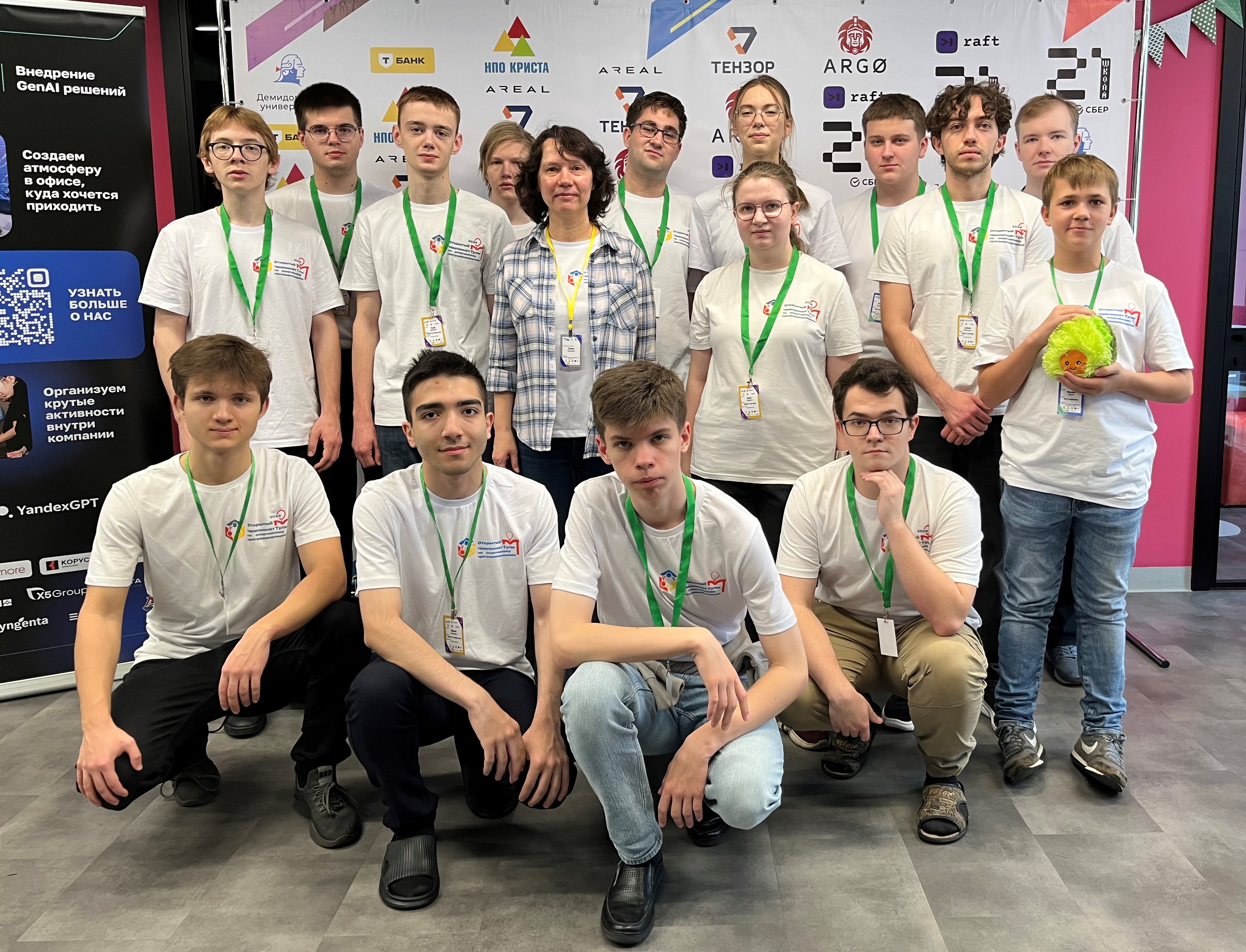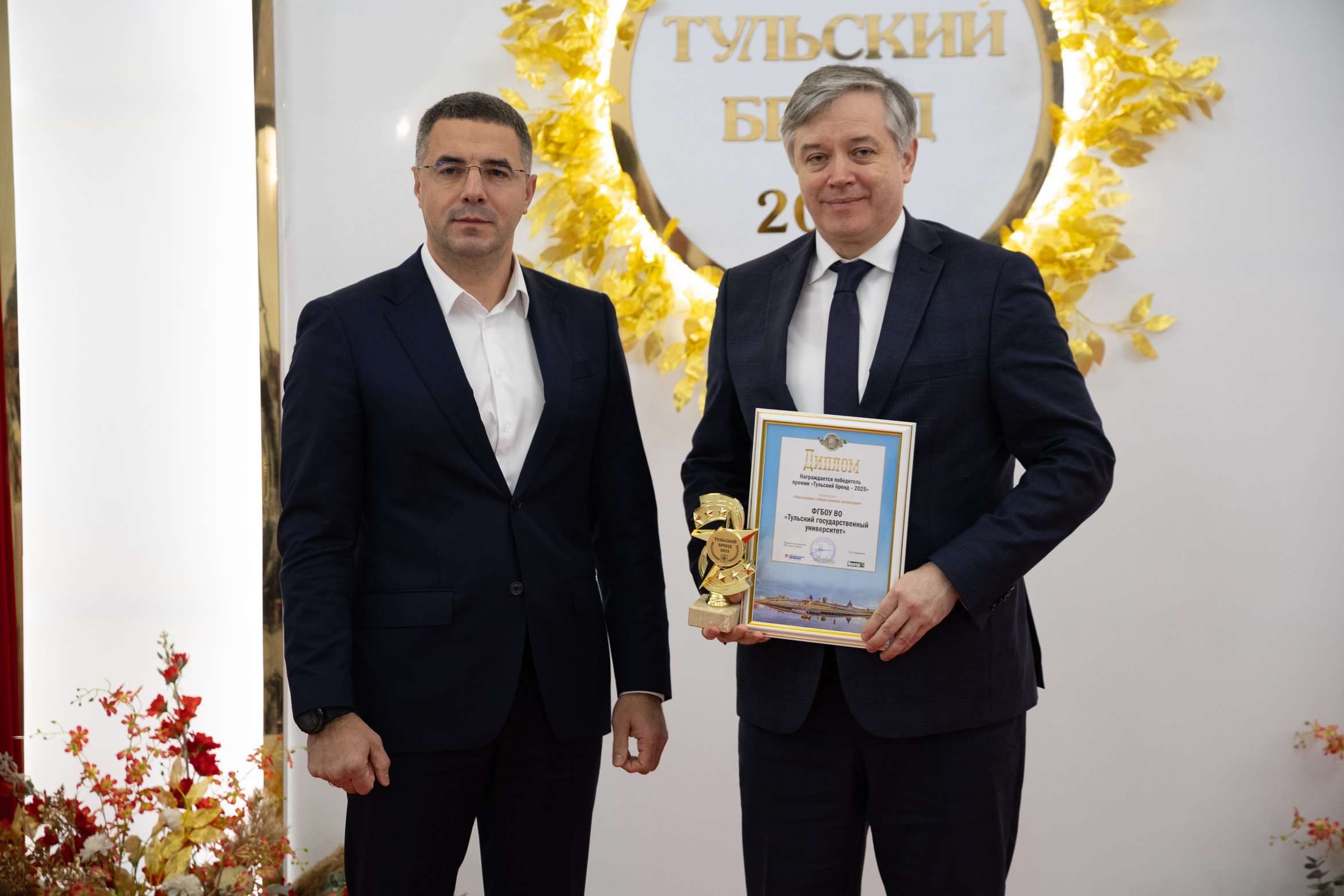- 11.09.2024
Microbial Biofilms from A to Z
The highly rated Q1 journal Biosensors has received another publication - an article in English “Microbial Biofilms: Features of Formation and Potential for Use in Bioelectrochemical Devices”.
This work is a result of scientific and creative interaction. The article was written by the author`s team of Tula State University together with researchers from the G.K. Skryabin Institute of Biochemistry and Physiology of Microorganisms of the Russian Academy of sciences, V.I. Ulyanov (Lenin) Saint Petersburg State Electrotechnical University “LETI” and Tokyo Technological University.
The TulSU team consisted of Vyacheslav Arlyapov, Doctor of Technical Sciences, Director of the BioChemTech Research Centre, Anna Kharkova, Candidate of Chemical Sciences, Roman Perchikov, second-year postgraduate student of Biotechnology, and Maxim Chelyukanov, second-year master's student of Chemistry.
All of them work in the Research Laboratory of Biologically Active Compounds and Biocomposites, which is part of the structure of the Research Centre ‘BioChemTech’, created within the framework of the implementation of the strategic development programme of TulSU “Priority 2030”.
This is a review article devoted to microbial biofilms, which are a special form of microorganisms` existence, and their use in biosensors for environmental analysis and in biofuel elements for energy production,’ explained Maxim Chelyukanov. - In the process of working with the literature on this topic, we analysed the features of biofilms and selected those techniques that researchers use to increase the efficiency of their application.
The young researcher emphasized that each member of the TulSU authors` team contributed to the writing of the article.
Vyacheslav Alekseyevich Arlyapov studied scientific works related to the use of biofilms in biosensors to determine the biochemical oxygen consumption - an index of pollution of water bodies.
Anna Sergeyevna Kharkova provided an overview of what biofilms are and the stages of formation they undergo.
Roman Nikolayevich Perchikov focused his attention on the impact of different surface characteristics on biofilm formation, as well as on the control of this process through surface modification.
Based on scientific papers, Maxim himself analysed how researchers use genetic modification of biofilms to enhance their properties. He particularly noted the technique of modifying genes to improve the mechanisms of their electroactivity - their ability to transfer electrons across their outer boundary.
- Our review not only considers the phenomenon of biofilms as such, but also offers the most interesting examples of their use over the last decade,’ Maxim said. - We comprehensively investigated both the possibilities of using biofilms in biosensor devices and biofuel cells, as well as ways to enhance the properties of biofilms through genetic engineering and surface modification, eliminating the existing disadvantages in operation.
The yung man is sure that the article will be of interest to those who deal with biofilms and methods of their use in bioelectrochemical systems, conduct fundamental research on the mechanisms of interaction of biofilms with various surfaces and electron transfer within biofilms themselves. In fact, it presents the most relevant works in this field of knowledge.
- The publication of an article in a highly rated journal indicates the recognition of our collective work by the scientific community. And this, of course, cannot but please! - Maxim said. - In addition, the analysis of various areas related to biofilms has motivated us to search for new solutions in our work within the framework of the BioChemTech strategic project. Let's move forward and expand our research horizons!
Tatyana Krikunkova
Photo by Mikhail Gindin


